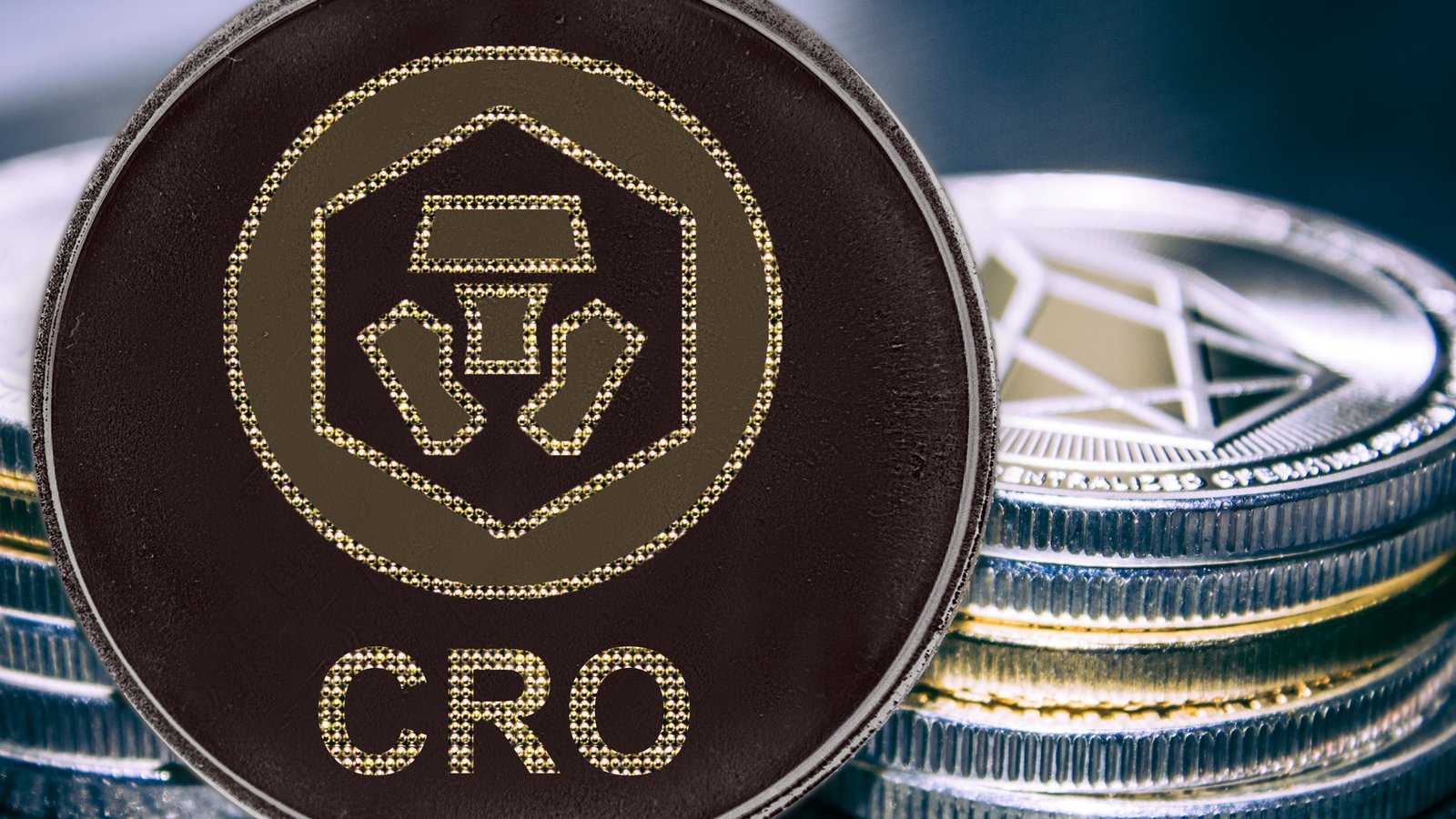
Crypto.com Coin (CCC:CRO-USD) is the token that represents the Crypto.com exchange business. It now has over 5 million users as of Oct. 2021, on its way to 15 million users, according to its founder, Kris Marszalek. If it reaches this goal, expect to see the CRO token move substantially higher.
Source: Stanslavs / Shutterstock.com
One way this could happen is through more institutional sales and participation in the Crypto.com exchange. Recently the exchange signed a deal with a California bank that will provide “on-ramps” and “off-ramps.”
An on-ramp is where anyone owning “fiat” currency, or currency issued by a government such as U.S. dollars, can be converted into cryptocurrency. The opposite is true with an off-ramp. However, this can also include things like VISA or debit cards where the cryptocurrency can be spent on goods and services.
The Silvergate Bank Deal
On Nov. 30, CoinTelegraph said that Silvergate, a California-based bank, will allow institutional clients to deposit and withdraw from Crypto.com using U.S. dollars (USD). Using the Silvergate Exchange Network, institutional clients can transfer USD between their bank accounts and Crypto.com with no fees.
And, as I pointed out in my last article, the Crypto.com exchange allows people to buy more cryptocurrencies than some of its competitors.
Crypto.com allows people to buy and sell over 200 different cryptocurrencies using USD (using an on-ramp). Many of these cryptos cannot be bought on Coinbase Global (NASDAQ:COIN). For example, Coinbase allows fewer than 120 cryptos to trade for U.S. dollars.
In my previous article, I listed a number of cryptos that can be bought on Crypto.com and not on Coinbase or Binance. That could be one reason why Silvergate Bank is willing to provide this option to institutional investors for the Crypto.com exchange.
Prior to this, Crypto.com had an arrangement with Circle for institutional investors relating to transfers to purchase USD Coin (CCC:USDC-USD). This new deal with Silvergate means there is another method for institutional investors to have a USD on-ramp and off-ramp.
Where This Leaves Crypto.com Coin Going Forward
This should make CRO tokens more valuable over time as the exchange courts institutional investors.
It also shows that Crypto.com is willing to make bold moves to get its name in both the consumer and institutional mindset. Relatedly, on Nov. 16, Crypto.com signed a massive deal with the owners of Staples Arena in Los Angeles. They signed a $700 million deal to purchase naming rights to the Staples Center, which hosts 4 different pro sports teams. These include the Los Angeles Lakers (NBA), Clippers (NBA), Sparks (WNBA) and Kings (NHL).
If Crypto.com keeps on making deals like this, it will become even more popular both with consumers and with institutions. But it needs to make some progress soon since CRO has really taken a tumble in the past month.
Crypto.com Coin Performance So Far
On Nov. 24, Crypto.com Coin peaked at just under 97 cents. But as of mid-day Nov. 30, it was at approximately 69 cents per token. That represents a drop of 29% from its peak.
However, year-to-date CRO stock is up quite dramatically. It ended last year at almost 6 cents. At today’s price of close to 69 cents, it is 11.5 times the price where it began the year. Moreover, in the past 3 months alone, since the end of August, CRO is 4.3 times the 16 cents price then.
Expect the CRO token to rebound as it keeps on making deals like the one it made with Silvergate and the Staples Arena. All indications are that this recent slump will be nothing more than temporary.
On the date of publication, Mark R. Hake held a long position in the VeChain crypto and the Floki Inu crypto but did not have (either directly or indirectly) any positions in other securities mentioned in this article. The opinions expressed in this article are those of the writer, subject to the InvestorPlace.com Publishing Guidelines.
Mark Hake writes about personal finance on mrhake.medium.com, Newsbreak.com, and runs the Total Yield Value Guide which you can review here.
This news is republished from another source. You can check the original article here



